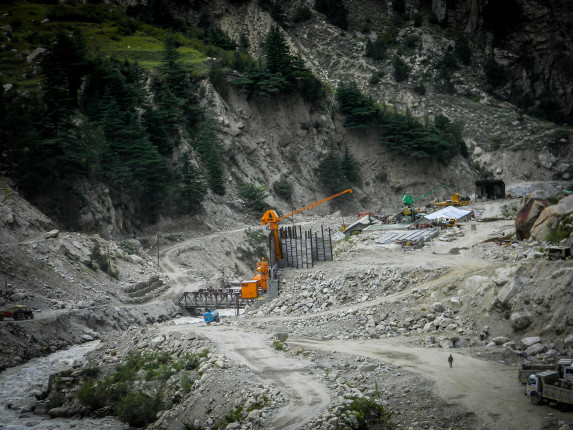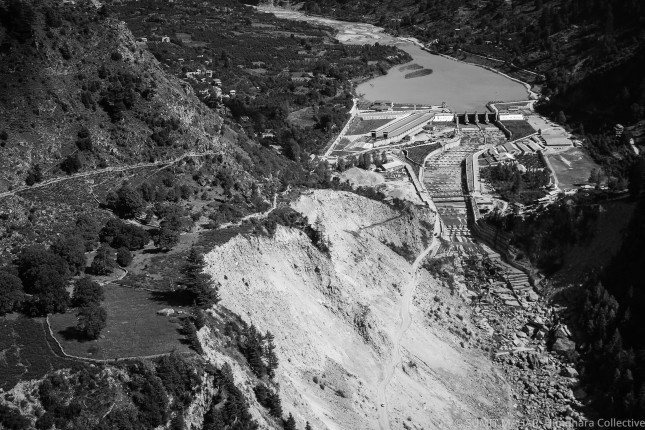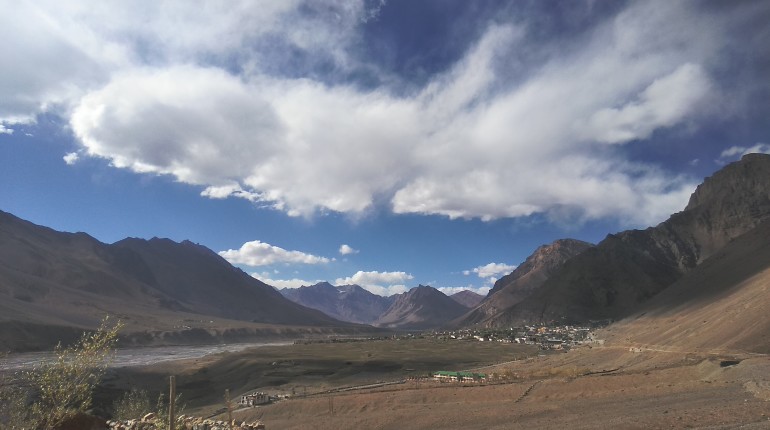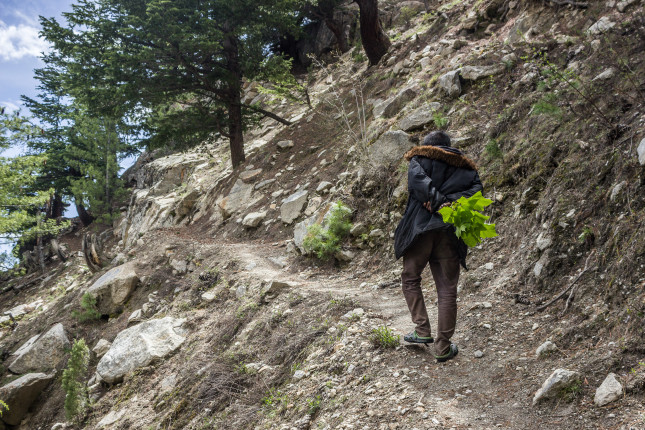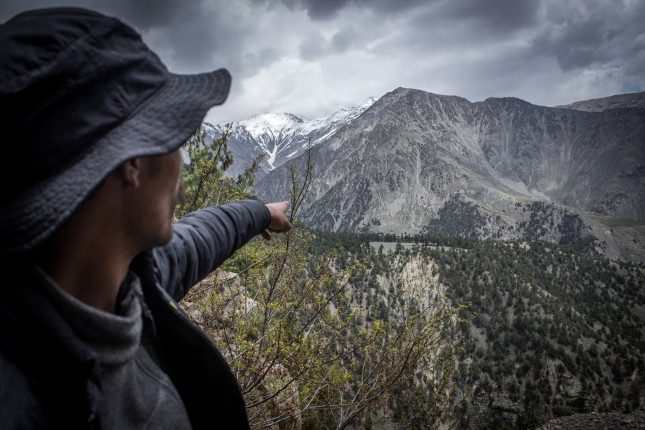हिमशी सिंह द्वारा लिखित ,
Category: Articles
Article | Bahuguna and the seeds of struggle in the Himalayas
Sunderlal Bahuguna may have departed, but there are many formidable repositories of diverse oral and
Article | As COVID-19 Rages, the Road Ahead for Migrant Workers in Himachal Looks Bleak
In the third week of April, India’s raging pandemic’s second wave burst onto our phone screens with aerial images of burning pyres in crematoriums. Not very far away in the upper reaches of Pangi in Himachal, temperatures hit a sudden low due to heavy snowfall. Five migrant workers lay huddled in blankets on the floor of a public toilet of a local bus stand. They were among a group of 20 who had just entered the area to work for a contractor. They were ‘isolated’ after they tested positive for COVID-19.
Hundreds of workers moving up from the plains to the mountain areas like Ladakh and Himachal are undergoing multiple tests, but there seems to be no plan or health infrastructure for those infected. This shocking absence of preparedness comes after having gone through the first wave of COVID-19, after months of lockdown that gave the government enough time to prepare ‘COVID care facilities’, after two lakh lives reportedly gone, after millions of migrant workers lost their livelihoods and shoved into a spiral of poverty. We are transported back again to the same time last year. Only this time, it is a tsunami and those on the surface, gasping for air, are not the working class.
Migration in the mountains
In the mountains, the lives of migrant workers, like many other hidden realities, are tucked away in deep folds and crevices. Mainstream perception is that ‘migration’ here is always about movement from the mountain towards the plains. We see Paharis as ‘unexposed’, leaving arduous terrains, bereft of earning opportunities, in the search for a better life. But, unlike the neighbouring Uttarakhand with ghost villages, Himachal became a separate state way back in 1970, with far better services and household incomes which to an extent kept outmigration in the state comparatively lower. Read more
This article was first published in The Wire
हिमालय में जल विद्युत परियोजनाओं के लिए वन हस्तांतरण व संबंधित क्षतिपूरक वनीकरण के दुष्परिणामों का खुलासा करता नया अध्ययन; वनों के दोहन से स्थानीय पर्यावरण और समुदायों को क्षति और वन हस्तांतरण के एवज में किया जा रहा सरकारी पौधारोपण भी असफल।
हिमालयी क्षेत्रों में जल विद्युत विकास
Opinion: Himalayan hydropower is not a green alternative
The disastrous flash
The Problem With Mainstream Environmentalism? It Separates Us From Nature.
On the eve of World Environment Day, we were struck by images of an elephant in despair who lost her
COVID-19 & CRISIS RESPONSE IN THE STATE OF HIMACHAL PRADESH A Discussion Note
We are currently under the grip of a pandemic by the name of COVID-19 that has brought life to a
Article | A Bureaucratic Unmaking Forest Rights Act in Kinnaur, Himachal Pradesh
Written by Aditi Vajpeyi & Vaishnavi Rathore
Published on Economic and Political Weekly
The emergence
Article | A silent betrayal
In a travesty of the Forest Rights Act set up to protect indigenous communities, members of the Lippa tribal
Article | Eroding People Power
A Himalayan village’s struggle to assert its forest rights
Manshi Asher
01 September 2019
Karam Sain




